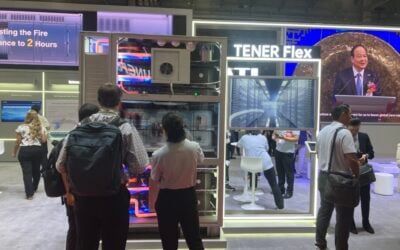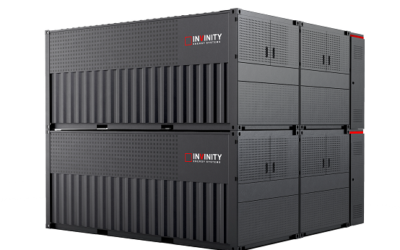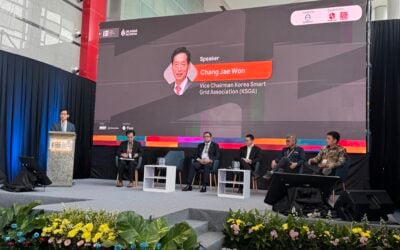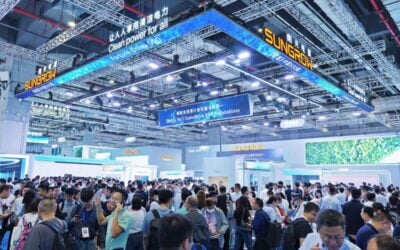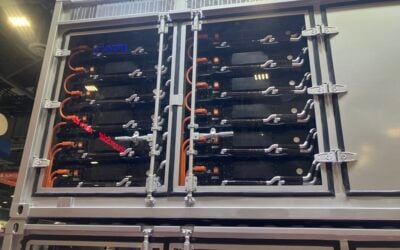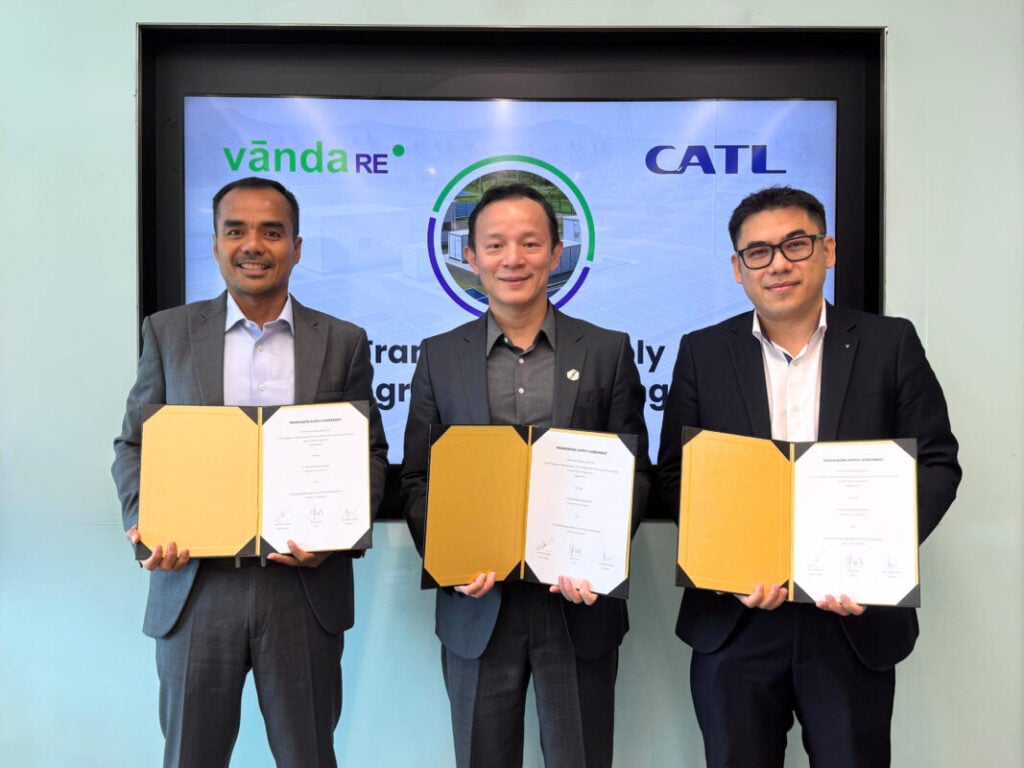
Contemporary Amperex Technology Ltd (CATL) has signed a framework supply agreement for a project to export renewable energy from Indonesia to Singapore.
Developer Vanda RE announced the agreement to procure up to 2.2GWh of battery energy storage systems (BESS) with the Chinese battery and BESS manufacturer this morning.
The deal for CATL’s EnerX BESS units would comprise roughly half the planned 4.4GWh energy storage capacity at Vanda Solar & Battery Project, which is being developed for eventual construction on Indonesia’s Riau islands.
Vanda Solar & Battery Project would also feature 2GWp of solar PV generation and export its power to Singapore under a ‘green economic corridor’ agreement between the governments of Indonesia and the city-state, which lacks available land for significant renewable energy project development.
Enjoy 12 months of exclusive analysis
- Regular insight and analysis of the industry’s biggest developments
- In-depth interviews with the industry’s leading figures
- Annual digital subscription to the PV Tech Power journal
- Discounts on Solar Media’s portfolio of events, in-person and virtual
Singapore’s Energy Market Authority (EMA) granted conditional approval to the project, including its proposal to export 300MW of electricity, as part of the ‘green economic corridor’ agreement between the two governments in 2024.
Vanda RE is a joint venture (JV) between Singapore-headquartered renewable energy developer Gurīn Energy and Gentari International Renewables, a subsidiary of Gentari, which is, in turn, owned by Malaysian state-owned oil producer Petronas.
The JV has already signed similar framework agreements for the supply of solar PV modules for the project with two other vertically integrated Chinese manufacturers, LONGi Green Energy Technology Co, and Trinasolar. Vanda RE signed its deal with LONGi in May for 1GW of high-performance solar PV modules and signed with Trinasolar in August 2024 for 1.4GW of n-type i-TOPCon PV modules.
LONGi, Trinasolar and CATL are all building factories in Indonesia. Utilising products from those local facilities will enable the project to meet the Indonesian domestic content requirement, TKDN, Vanda RE said.
CATL broke ground on its factory in Karawang, West Java, last month. Its planned initial annual production capacity is 6.9GWh, which can be ramped to 15GWh. The factory forms part of a total US$6 billion investment in an integrated battery materials, recycling, and production operation across Indonesia.
The complexes are being built in partnership between CATL’s recycling subsidiary, Brunp, and Indonesia Battery Corporation (IBC), a venture from four state-owned companies.
Export projects aim to provide a win-win for participating countries
A recent study from energy industry research firm Rystad Energy found that an interconnected network of regional electricity grids for Southeast Asia with Singapore at its core could enable the deployment of 25GW of renewable energy and energy storage, as reported by our colleagues at PV Tech.
Singapore already has connections with hydroelectric and solar PV generation in Thailand and Laos, while proposed connections include taking solar from Indonesia, wind from Vietnam, hydro and PV from Cambodia and hydroelectric from Malaysia.
“By leveraging its financial strength and reputation as a reliable business partner, Singapore can help unlock capital for large-scale infrastructure in neighbouring nations, where land is more abundant but power demand is less concentrated,” Rystad Energy APAC analyst Raksit Pattanapitoon said as the report was published a couple of months ago.
In late May, Singapore’s president Lawrence Wong celebrated the signing of agreements between Malaysia’s MY Energy Consortium, the PetroVietnam Technical Services Corporation and Singaporean utility Sembcorp Utilities to cooperate on renewable energy export projects at the 2025 ASEAN (Association of Southeast Asian Nations) Summit. Wong’s counterparts from Vietnam and Malaysia were also present at the signing.
Meanwhile, Indonesia recently ratified a plan for the state-owned electricity company PLN to deploy 69.5GW of new energy generation by 2034, including 42.6GW of renewable energy, along with 10.3GW of energy storage.
Projects such as Vanda Solar & Battery Project could stimulate inward investment into Indonesia’s renewable energy sector while also helping to lower the cost of domestic renewables development and establish clean energy manufacturing capacity, Vanda RE said.
This article has been amended from its original form to reflect that the project’s license with the Singapore Energy Market Authority is for 300MW of non-intermittent energy, rather than 300MWh.

